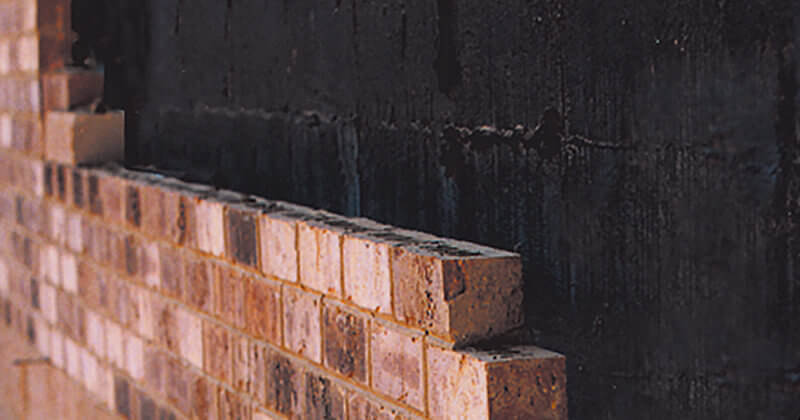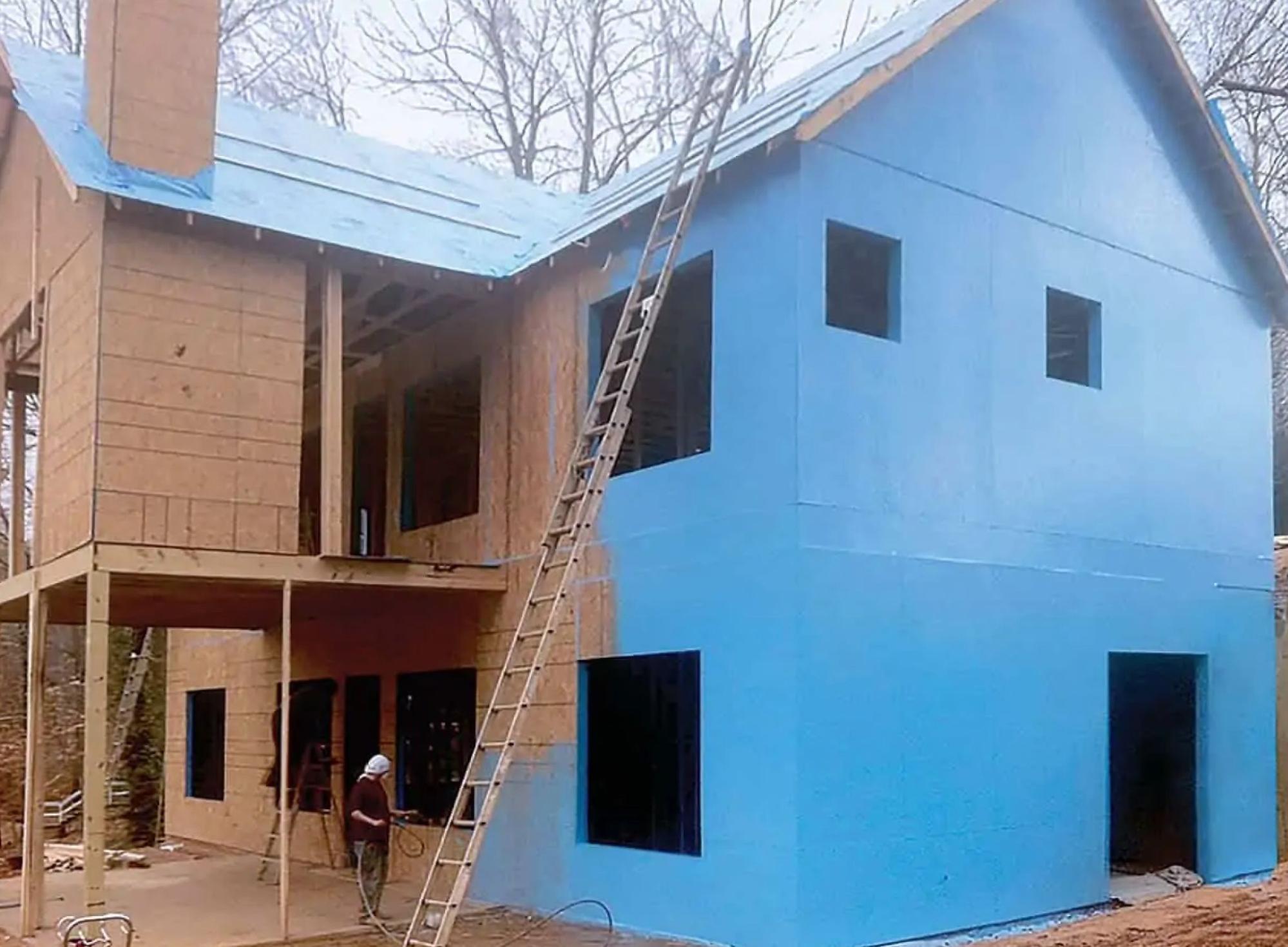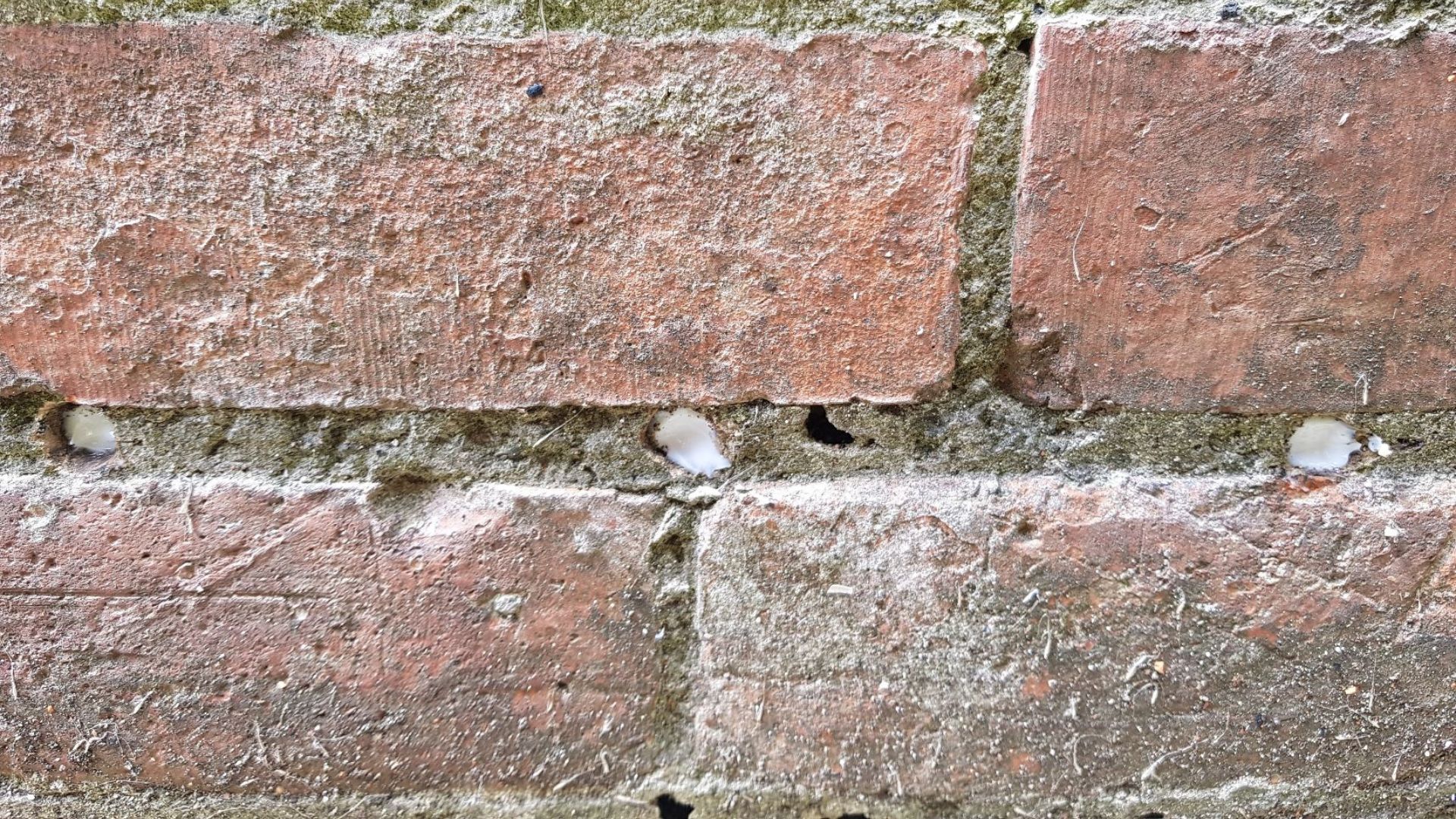Discovering the Various Methods and Solutions for Effective Damp Proofing
Moisture in structures poses considerable obstacles to both structural honesty and indoor air quality. Numerous methods and solutions have emerged to combat this prevalent concern. From conventional damp-proof membranes to innovative chemical therapies, each method offers special advantages. Comprehending these alternatives is vital for reliable dampness control. However, choosing the right remedy relies on specific building problems and demands, motivating more exploration into one of the most effective damp proofing strategies offered.
Understanding the Root Causes Of Moisture
Dampness can occur from various sources, comprehending these reasons is essential for efficient removal. Frequently, moisture stems from three primary resources: increasing moist, penetrating wet, and condensation. Increasing damp takes place when groundwater travels up-wards with permeable products, such as brick or stone, typically as a result of an absence of an effective obstacle (damp specialist newcastle). Passing through wet is usually triggered by external factors, including roofing leaks, defective gutters, or harmed wall surfaces, permitting water to infiltrate a home. Condensation, on the other hand, results from excess wetness in the air, typically exacerbated by inadequate ventilation and temperature differences, resulting in water droplets creating on surfaces. Recognizing these underlying problems is important, as each kind of moisture calls for a tailored technique for removal. Correct evaluation aids in figuring out the most effective solutions, inevitably protecting the structural integrity of a structure and boosting interior air quality
Traditional Damp-Proof Membranes

Chemical Damp-Proofing Solutions
Chemical damp-proofing options offer an innovative method to stopping moisture invasion in buildings. These approaches generally entail the application of liquid chemicals that pass through masonry and form a barrier versus climbing wet. Commonly utilized chemicals consist of silanes, siloxanes, and various other water-repellent representatives that react with surface area products to develop a hydrophobic layer.The application procedure generally needs exploration holes right into the wall surfaces, injecting the chemical option, and allowing it to heal. This method is particularly beneficial for older structures where traditional damp-proof membranes might be unwise. Chemical damp-proofing can be less disruptive and extra economical than substantial restoration projects.While effective, these options depend on appropriate application and environmental conditions for peak efficiency. mould treatment newcastle. Normal maintenance and tracking are crucial to guarantee the long life of the damp-proofing therapy. In general, chemical damp-proofing stands for a versatile alternative for protecting buildings against moisture-related damages
Tooth Cavity Wall Surface Construction Techniques
Dental caries wall surface construction techniques provide various advantages, especially in wetness control and power efficiency. By incorporating an air gap in between 2 layers of masonry, these walls effectively minimize water access while boosting insulation. This combination not just secures frameworks from moisture but additionally adds to reduced energy usage.
Benefits of Tooth Cavity Walls
When considering efficient moist proofing techniques, the advantages of cavity walls stand apart plainly. Dental caries wall surfaces contain 2 different layers, developing an air gap that properly decreases wetness infiltration. This layout minimizes the danger of wetness, as the outer wall serves as an obstacle against rain and water ingress. In addition, tooth cavity wall surfaces enhance thermal insulation, which adds to energy performance by decreasing warmth loss. They also supply audio insulation, aiding to develop a quieter indoor setting. The air void enables for ventilation, which helps in wetness control and decreases the possibility of mold and mildew development. These benefits not only enhance the total comfort of a building however also contribute to its long life and structural stability.
Moisture Control Strategies
Effective moisture control strategies are vital in cavity wall surface building to assure long-term defense against dampness. One key approach involves the unification of weep holes, which assist in water drainage from the dental caries, avoiding accumulation. Furthermore, using breathable membranes can assist take care of wetness levels while permitting entraped vapor to run away. Correct positioning of insulation is likewise important, as it needs to not obstruct drain paths. Additionally, making sure that the external fallen leaves of the dental caries wall surface are built with water-resistant materials boosts general longevity. Routine upkeep checks are necessary to determine any type of clogs or damage early, guarding the framework's stability. Ultimately, a mix of these techniques creates a durable protection against wetness invasion in dental caries wall surfaces.
Insulation and Energy Effectiveness
Insulation plays an essential duty in improving power performance within cavity wall building and construction. By including protecting products, these walls create a thermal obstacle that lessens warmth loss and lowers power consumption. Efficient insulation not just assists maintain a steady interior temperature level yet likewise reduces the danger of wetness, as it prevents condensation within the wall surface cavity. Numerous methods, such as the usage of rigid foam boards or mineral wool, can be employed to attain excellent insulation performance. In addition, appropriate installation is important to assure that spaces and gaps are lessened, which can otherwise compromise power here performance. Ultimately, a well-insulated tooth cavity wall surface adds substantially to general sustainability and lowers heating and cooling costs for homeowners.
Exterior Damp Proofing Approaches
Exterior moist proofing approaches are necessary for shielding structures from dampness seepage. 2 effective techniques include the application of water-proof membrane layers and the installation of French drains. These services assist alleviate water accumulation and maintain the stability of structures.
Waterproof Membrane Layer Application
While different methods exist for preventing moisture ingress, the application of water-proof membranes stays an extremely reliable external damp proofing method. These membranes are normally made from materials such as polyethylene, rubber, or customized bitumen, supplying a durable obstacle against water penetration. The setup procedure involves applying the membrane to the external surface areas of walls or foundations, making sure complete protection to avoid leaks. Appropriate adhesion and securing at joints are critical to maximizing effectiveness. Water-proof membranes can be used in different forms, including fluid coverings and sheet membrane layers, enabling versatility based upon the details needs of the structure. This approach not just protects buildings from dampness however additionally boosts their durability and structural integrity.
French Drain Installment
One effective method for handling groundwater and stopping dampness buildup around a building's foundation is the setup of a French drainpipe. This water drainage system is composed of a trench full of gravel and a perforated pipe that reroutes surface area water far from the foundation. Correct setup needs careful preparation, guaranteeing that the drainpipe inclines away from the framework to facilitate ideal water flow. In addition, the area of the drainpipe is crucial; it should be positioned in areas susceptible to pooling or excess wetness. Routine maintenance, including cleaning particles from the crushed rock and guaranteeing the pipe continues to be unblocked, is crucial for long-term performance. Eventually, a well-installed French drain can considerably reduce the threat of water-related problems in foundations and basements.
Inside Waterproofing Strategies
Inside waterproofing strategies are crucial for protecting a building's inside from moisture infiltration and prospective water damages. These approaches usually involve the application of specific products and methods developed to produce a wetness barrier within the framework. One common approach is using waterproof finishings or sealants on walls and floorings, which protect against wetness from penetrating surfaces.Additionally, setting up indoor water drainage systems, such as sump pumps, can effectively handle water buildup in basements and creep rooms. An additional approach entails the use of vapor barriers, which are set up to prevent moisture activity from the ground into living spaces.Moreover, addressing any fractures or spaces in wall surfaces or structures with proper sealants guarantees a complete defense against water intrusion. By executing these indoor waterproofing techniques, residential or commercial property owners can considerably lower the risk of mold and mildew development, architectural damage, and other moisture-related issues. Appropriate execution of these techniques is necessary for long-term security and building integrity.
Normal Upkeep and Inspection Practices
Normal upkeep and examination methods are important for assuring the long-term efficiency of damp proofing options in any type of structure. Routine checks enable homeowner to determine very early signs of wetness intrusion, such as peeling off paint, mold and mildew growth, and musty smells. These signs can indicate underlying problems that call for instant attention.Inspections ought to be performed at least annually, focusing on vulnerable locations like basements, crawl spaces, and exterior walls. During these evaluations, homeowner need to examine sealers, drainage systems, and air flow to verify they function correctly.Additionally, preserving downspouts and rain gutters is vital, as stopped up systems can bring about water accumulation near the foundation. Carrying out a regular upkeep schedule, along with prompt repair services, can significantly expand the lifespan of damp proofing steps and protect the structural stability of the building. Aggressive steps ultimately add to the total health and wellness of the living environment.
Often Asked Questions
How Much Time Does Damp Proofing Normally Last?
The period of wet proofing effectiveness varies, generally lasting in between 20 to half a century. Aspects such as application high quality, ecological problems, and maintenance practices substantially affect the longevity of the wet proofing therapy.

Can I Damp Proof My Home Myself?
The individual pondered the usefulness of do it yourself damp proofing. With correct research study and the right products, it is possible. They also recognized the relevance of expert advice to assure lasting performance and protect against future problems.
What Are the Indications of Inefficient Damp Proofing?
Indications of ineffective moist proofing include relentless mildewy smells, noticeable mold development, peeling off paint, moist spots on walls, and wood decay - damp proofing newcastle. Property owners ought to deal with these concerns quickly to avoid additional damages and health and wellness concerns
Does Damp Proofing Affect Indoor Air Quality?

Just How Much Does Specialist Damp Proofing Price?
Specialist damp proofing costs differ substantially, usually ranging from $1,000 to $5,000 depending on the property's size, the degree of the moist issue, and selected methods. Each circumstance needs a tailored assessment for exact pricing. Commonly, moisture originates from three primary resources: increasing damp, permeating wet, and condensation. When thinking about effective wet proofing methods, the advantages of cavity wall surfaces stand out prominently. Outside wet proofing approaches are vital for protecting frameworks from dampness seepage. While various methods exist for preventing dampness ingress, the application of waterproof membrane layers remains a highly reliable exterior wet proofing technique. Signs of ineffective damp proofing consist of relentless stuffy odors, visible mold development, peeling off paint, wet spots on walls, and wood degeneration.